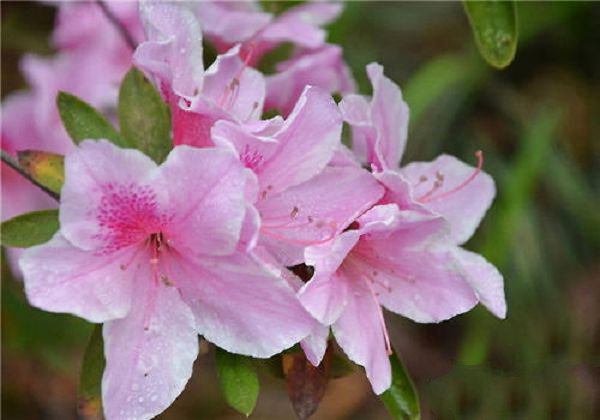Three kinds of fungicides commonly used in flowers
Triadimefon, also known as triadimefon? It can prevent, eradicate and fumigate rust and powdery mildew. Apple rust, Chinese white poplar rust, chrysanthemum rust, Carex rust, rose rust, rose powdery mildew, begonia powdery mildew, melon leaf chrysanthemum powdery mildew, ivy powdery mildew and so on can be controlled. If 25% triadimefon wettable powder is sprayed, the usual concentration is 3000-4000 times; if 20% triadimefon EC is sprayed, the usual concentration is 2000 times. In addition, triadimefon has a certain control effect on flower leaf blight, brown spot, leaf spot and so on.
Chlorothalonil has preventive effect on a variety of plant diseases. Chlorothalonil has good adhesion on the surface of plants and is not easy to be washed away by Rain Water, so it has a long efficacy period, usually 10 days. However, it has no internal absorption and conduction, and will not be absorbed from the spraying site and root system, so the spray should be uniform and thoughtful. Usually 75% chlorothalonil wettable powder 600-1000 times liquid spray can effectively control rose black spot, poplar black spot, chrysanthemum brown spot, peony brown spot, rubber tree anthracnose, gentleman orchid anthracnose, cherry blossom brown spot perforation and so on. Chlorothalonil has certain irritation to human skin and eyes, so corresponding protective measures should be taken when it is used.
Related
- What if the leaves of potted flowers turn yellow?
- Florescence Control of several Flowers
- Anti-freezing technology and post-freezing nursing technology of flowers
- What is the classification of flowers? What are the common methods of flower classification?
- Prevention and control of alkali and acid damage of flowers in courtyard
- Technology of Anti-freezing and restoring growth of Flower seedlings in greenhouse and greenhouse
- How does flower fertilization not hurt the root? Fertilization technology of flowers
- Key points of disinfection in flower greenhouse
- Several pesticides that are banned or used cautiously in flowers
- How to fertilize the flowers that watch the leaves?



